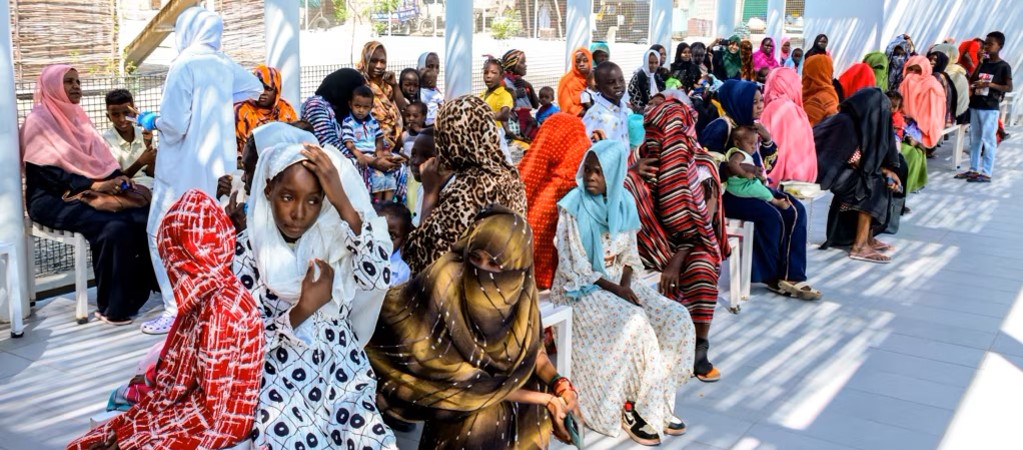(3 Minutes Read)
The World Bank has lowered its economic growth forecast for sub-Saharan Africa this year to 3% from 3.4%, mainly due to the destruction of Sudan’s economy in a civil war. However, growth is expected to remain comfortably above last year’s 2.4% thanks to higher private consumption and investment, the bank said on Monday in its latest regional economic outlook report, Africa’s Pulse.
This is still a recovery that is basically in slow gear, Andrew Dabalen, chief economist for the Africa region at the World Bank, told in the media briefing. The report forecasts next year’s growth at 3.9%, above its previous prediction of 3.8%. Moderating inflation in many countries will allow policymakers to start lowering elevated lending rates, the report said.
However, the growth forecasts still face serious risks from armed conflicts and climate events such as droughts, floods, and cyclones, it added. Without the conflict in Sudan, which devastated economic activity and caused starvation and widespread displacement, regional growth in 2024 would have been half a percentage higher and in line with its initial April estimate, the lender said. Growth in the region’s most advanced economy, South Africa, is expected to increase to 1.1% this year and 1.6% in 2025, the report said, from 0.7% last year.
Nigeria is expected to grow at 3.3% this year, rising to 3.6% in 2025, while Kenya, the richest economy in East Africa, is likely to expand by 5% this year, the report said. The sub-Saharan Africa region grew at a robust annual average of 5.3% in 2000-2014 on the back of a commodity supercycle, but output started flagging when commodity prices crashed. The slowdown was accelerated by the COVID pandemic.
Read Also:
https://trendsnafrica.com/hcp-world-bank-reports-in-unison-moroccos-economy-set-to-rebound-in-2025/
Many economies in the region were starved of public and private investments, and a recovery in foreign direct investments that started in 2021 was still tepid. The report said the region needs much larger investments to recover faster and reduce poverty.
Growth across the region is also hamstrung by high debt service costs in countries like Kenya, which was rocked by deadly protests against tax hikes in June and July. There are staggering levels of interest payments, attributing this to governments shifting to borrow from financial markets in the last decade and away from the low-priced credit offered by institutions like the World Bank.





